What are these walls?
George Dorer
16 years ago
Related Stories

LANDSCAPE DESIGNGarden Walls: Dry-Stacked Stone Walls Keep Their Place in the Garden
See an ancient building technique that’s held stone walls together without mortar for centuries
Full Story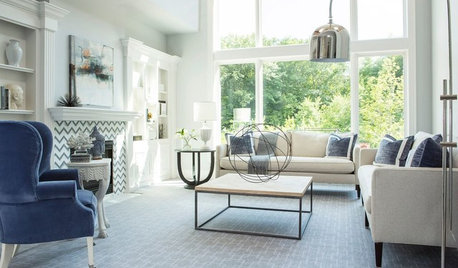
REMODELING GUIDES11 Reasons to Love Wall-to-Wall Carpeting Again
Is it time to kick the hard stuff? Your feet, wallet and downstairs neighbors may be nodding
Full Story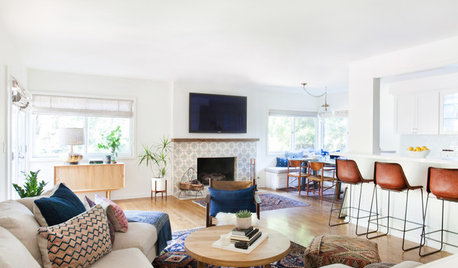
DECORATING GUIDES10 Reasons to Embrace White Walls
Do they strike you as even more boring than watching white paint dry? Consider what makes them the darling of so many
Full Story
REMODELING GUIDESWhat to Know Before You Tear Down That Wall
Great Home Projects: Opening up a room? Learn who to hire, what it’ll cost and how long it will take
Full Story
WALL TREATMENTSHouzz Call: Show Us Your Feature Wall
Have you used bold paint, reclaimed wood, living plants or something else to jazz up a wall in your home? We want to see it
Full Story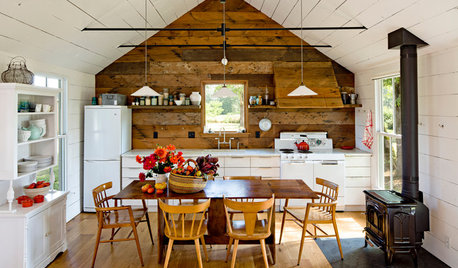
KITCHEN DESIGNA Single-Wall Kitchen May Be the Single Best Choice
Are your kitchen walls just getting in the way? See how these one-wall kitchens boost efficiency, share light and look amazing
Full Story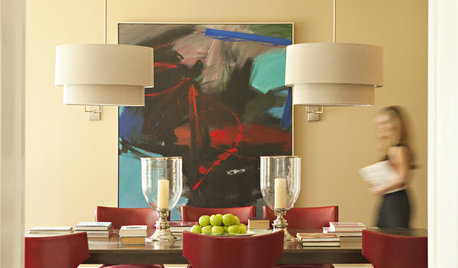
NEUTRAL COLORSHow to Bring Beige Walls to Life
Go for sprightly instead of snoozy by pairing beige walls with higher-octane hues
Full Story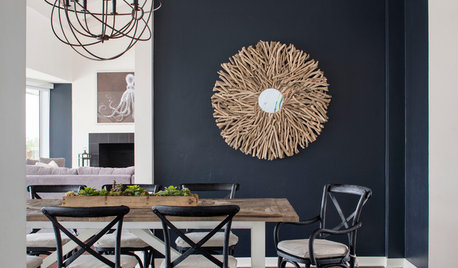
DECORATING GUIDESWhat Goes With Dark Walls?
Bring out the beauty of dark blue, charcoal and black walls with these decorative matchups
Full Story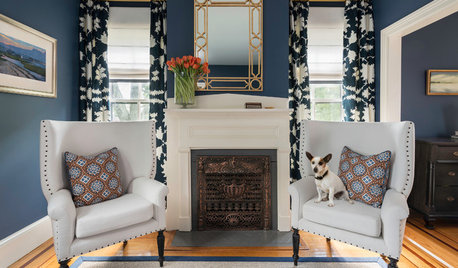
COLOR9 Dark Wall Colors to Suit Your Mood
Tired of light and airy? Try dark and moody for a change; you may be surprised by the moods these colors inspire
Full Story





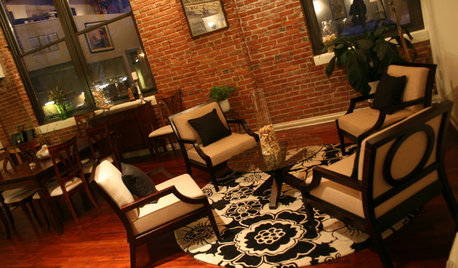




worthy
jegr
Related Professionals
Lockport Kitchen & Bathroom Designers · Southbridge Kitchen & Bathroom Designers · St. Louis Kitchen & Bathroom Designers · Bremerton Kitchen & Bathroom Remodelers · Durham Kitchen & Bathroom Remodelers · Idaho Falls Kitchen & Bathroom Remodelers · North Arlington Kitchen & Bathroom Remodelers · Rochester Kitchen & Bathroom Remodelers · Sicklerville Kitchen & Bathroom Remodelers · South Plainfield Kitchen & Bathroom Remodelers · Superior Kitchen & Bathroom Remodelers · Vashon Kitchen & Bathroom Remodelers · Middlesex Kitchen & Bathroom Remodelers · Cave Spring Kitchen & Bathroom Remodelers · Oak Hill Architects & Building Designerscalliope
kec01
jegr
tryinbrian
Ina Plassa_travis
aprilwhirlwind
abnorm
magnaverde
magnaverde
sombreuil_mongrel
worthy